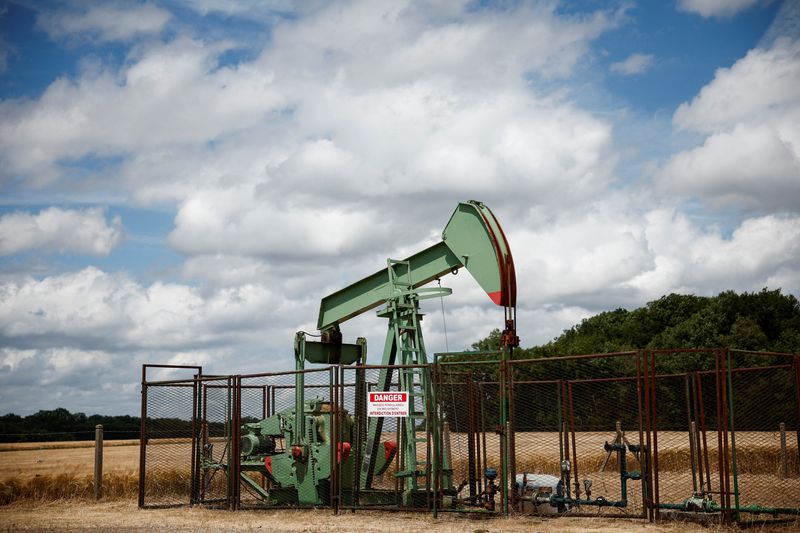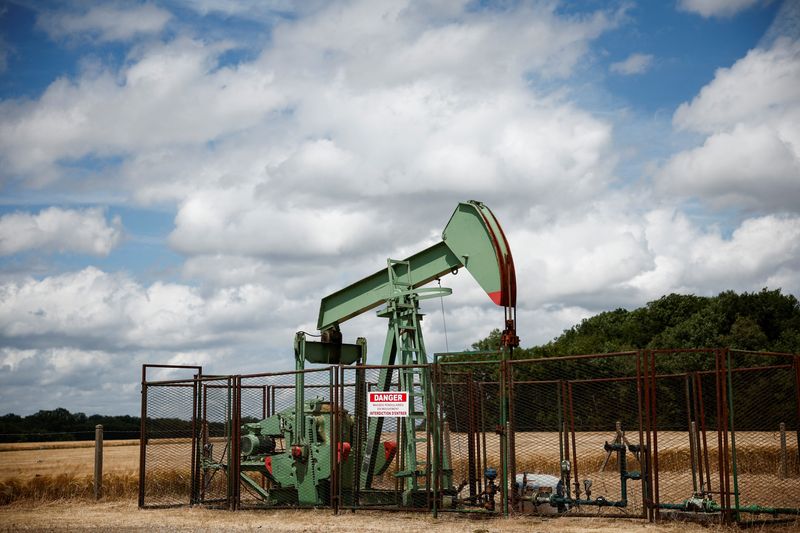Commodities
Subdued demand to keep oil prices steady despite geopolitical risks: Reuters poll

By Anushree Ashish Mukherjee and Kavya Balaraman
(Reuters) – Analysts are holding their oil price forecasts largely steady for the second half of 2024, as geopolitical risks offset muted demand from major consumers like China, a Reuters poll indicated on Wednesday.
A poll of 36 analysts and economists surveyed by Reuters in the last two weeks forecast that would average $83.66 per barrel in 2024, and that would hover at $79.22, largely in line with last month’s estimates of $83.93 and $79.72.
“Prices are expected to remain in the $80-85 per bbl range supported by stable demand-supply dynamics,” said analysts with CRISIL Market Intelligence and Analytics, adding that slower demand in Europe, coupled with improvement in OPEC+ supply, will keep prices stable.
Brent crude was up 4.6% so far for the year, while U.S. West Texas Intermediate crude rose 7.1% for the year.[O/R]
China’s total fuel oil imports dropped by 11% in the first half of the year, data from earlier this month indicated.
“China’s oil demand is constrained by the prevailing economic challenges and the swift transition to electric mobility,” while demand in the Western world is stagnating, said Julius Baer analyst Norbert Rücker.
Analysts largely anticipate global oil demand growing by between 1 and 1.5 million barrels per day (mbpd) in 2024, compared to the International Energy Agency’s forecast of just under a million.
While some analysts say geopolitical risks have waned in recent months, others say elevated geopolitical risk premiums are here to stay.

“The main geopolitical risks still stem from the war in Gaza, whether it be escalation of the conflict into a regional war or the threat to shipping posed by Houthi strikes in the Red Sea,” said Matthew Sherwood, lead commodities analyst at EIU, said.
Participants in the poll also expect OPEC+ to continue adhering to its plan to extend production cuts of 3.66 million bpd until the end of 2025, while phasing out additional cuts of 2.2 million bpd from October 2024.
Commodities
Oil prices rise; U.S. crude inventories plunge, Russia-Ukraine truce eyed
Commodities
India’s Reliance to stop buying Venezuelan oil over US tariffs, sources say
Commodities
Oil prices climb on Venezuela supply worries

 Forex3 years ago
Forex3 years agoForex Today: the dollar is gaining strength amid gloomy sentiment at the start of the Fed’s week

 Forex3 years ago
Forex3 years agoUnbiased review of Pocket Option broker

 Forex3 years ago
Forex3 years agoDollar to pound sterling exchange rate today: Pound plummeted to its lowest since 1985

 Forex3 years ago
Forex3 years agoHow is the Australian dollar doing today?

 Cryptocurrency3 years ago
Cryptocurrency3 years agoWhat happened in the crypto market – current events today

 World3 years ago
World3 years agoWhy are modern video games an art form?

 Commodities3 years ago
Commodities3 years agoCopper continues to fall in price on expectations of lower demand in China

 Economy3 years ago
Economy3 years agoCrude oil tankers double in price due to EU anti-Russian sanctions

























